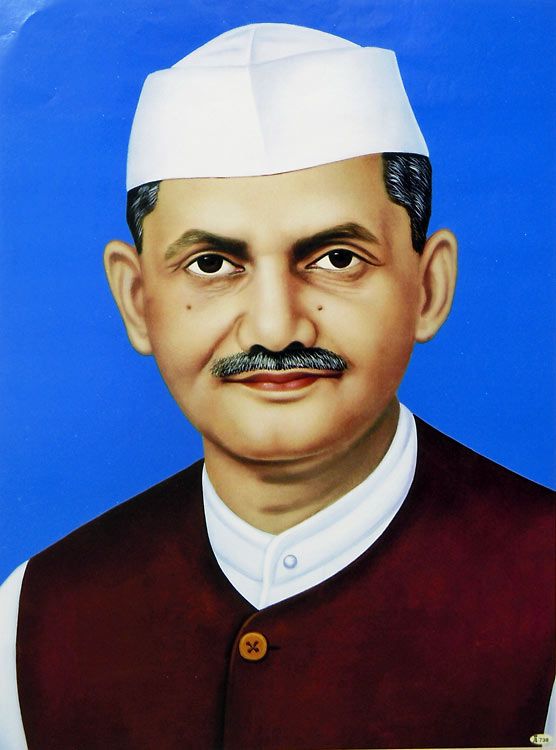The second Prime Minister of India and Congress leader Lal Bahadur Shastri was an iron-willed leader who was the embodiment of the principle of simple living and high thinking. An ardent follower of Mahatma Gandhi during the days of the freedom struggle, Shastri took many decisions which made him the favourite of the Indian masses. His death at Tashkent on the 11th of January 1966 was not just a big blow to the nation but has also remained as one of the biggest mysteries of Indian politics. Approximately 52 years later his death post signing the Tashkent Agreement which marked the ending of the India-Pakistan war of 1965, has again come to the limelight. Former journalist and author Anuj Dhar has come up with a book titled “Your Prime Minister is Dead” which raises questions over the death of the Indian PM and as to why his death was treated so lightly. Shastri was loved by the masses of India but not so much by some leaders of his party, the Congress.
Anuj Dhar in his book points towards the possibility of Shastri being poisoned at Tashkent, Soviet Russia which led to his untimely death. The book mentions that no autopsy of the former PMs body was ever conducted, neither in USSR or upon the body’s arrival in India. This destroyed all chances of resolving the mystery for good, once and for all.
The family members, doctors who had seen the body of Shastri upon its arrival in India from up close had alleged that his death had been caused by poisoning. According to some others, the embalming process of the body which was done by doctors of the Soviet Union had been carried to remove signs of poisoning. Prominent doctor of Anatomy, Professor Soumya Chakraborty had made several observations which indicated foul play in Shastri’s death, he had written, Dark bluish discoloration of face and upper part of body: Bluish discoloration means reduced haemoglobin which further indicates either poisoning or asphyxia death leading to cyanosis and histotoxic anaemia”. He went on to add, “poisoning cannot be ruled out. There is a probability of potential poisoning, but it cannot be established with the information provided.”
While it is not so surprising that the immediate family of Lal Bahadur Shastri did not demand an autopsy to be conducted considering the grave loss they must have felt. It is surprising that the prominent Congress leaders like Indira Gandhi and the others too had not asked for an autopsy to be conducted which is surprising considering this was an untimely death of an Indian PM at a very crucial juncture in India’s history. American intelligence agency CIA was alleged to have been involved in his death considering the backing Pakistan had received from America in the war. Indira Gandhi and other Congress leaders who were reportedly unhappy with Shastri too were blamed for assisting in the plot to kill the second PM of the country and rightly so, as Indira Gandhi had the most to gain from Shastri’s removal from the PM seat.
Can anyone identify this person? When Lal Bahadur Shastri's body was brought to India, he was at the airport, smirking apparently. pic.twitter.com/9ZVLulwNH3
— anuj.dhar@axl (@anujdhar) October 1, 2018
While any other country in the world would have created a scene had their top position holder died under mysterious circumstances on foreign soil, the Indian government did next to nothing to find out the truth behind his untimely death. The book by Anuj Dhar raises these questions and many more, and tries to answer most of them in the best way possible considering the Congress had faltered in its approach to solving the mystery behind the former PMs death when it could have been done easily.
